Back in April this year, Mankwe Gametrackers, Pilanesberg National Park’s main activities provider, began offering a new rhino tracking activity in Letsatsing Game Reserve, a small and pretty reserve that Gametrackers run privately just a stone’s throw from Sun City.
Due to the terrible scourge of rhino poaching in South Africa, the general consensus is that anything that concerns rhinos must be scrutinized and handled very carefully. So it was that the team here at pilanesbergnationalpark.org recently decided to send me to Letsatsing to try out the new activity, get a better understanding of exactly how it works and what it’s about, and subsequently be able to tackle any potential armchair critics from a well-informed perspective borne out of first hand experience.
After a couple of days in Madikwe Game Reserve on other business, the website’s videographer and I arrived in Pilanesberg to be greeted by Mankwe Gametrackers Chief Executive Officer Gavin Reynolds and Operations Manager Frank Bouwer.
Frank has been working in Pilanesberg for more than 30 years and is part of the park’s anti-poaching unit.
Speaking about the birth of the new rhino tracking activity, Frank said: “it basically came down to the following conversation: Do we pretend we don’t have rhinos? Do we sell them to someone else and abdicate our responsibility? Or do we go with it? We decided to go with it.”
All of Letsatsing’s rhinos have been notched (with samples of their DNA and blood taken), while some have also been fitted with a radio frequency identity tag. With the help of a telemetry device, these “chipped” rhinos can be located and tracked at any given time, making the job of monitoring and checking up on them considerably quicker and easier. Frank told us that this is something that was being done on a daily basis long before the activity was made available to the public.
However, Frank pointed out that the cost factor of monitoring the rhinos is “massive”, so the thinking became “let’s take guests with us and the money they pay goes towards securing the animals”.
On a cold and dark Friday afternoon, we met Greg, our guide for the day, and set off for Letsatsing.
As soon as we entered the reserve, Greg turned off the engine and gave us a comprehensive briefing about the activity, from how the chip is implanted (painlessly) in the rhino’s horn and how the telemetry device works, to the general plight of rhinos in South Africa. “We have a responsibility to look after these animals,” he told us earnestly.
We turned on the telemtry device and drove through the reserve, stopping occassionally to check the signal, which sounded like a heartbeat interrupting white noise from a TV. When the signal was strong enough to suggest to Greg that the rhinos were close by somewhere to our left, we got out of the vehicle and continued on foot.
As we negotiated our way through the bush, I asked Greg what he would say to detractors who might accuse Mankwe Gametrackers of “advertizing” their rhinos to poachers through promoting and running the new tracking activity. He laughed wryly and said “the poachers know where they are anyway – people talk.” Frank had agreed in our earlier conversation: “Everyone knows we have rhinos here. To try to hide it now is unrealistic,” he’d said.
Greg went on to say that in fact the more people that know about the rhino tracking activity the better. “By doing this activity you’re creating the right kind of forum to start debates, to start conversations about rhinos, their plight, conservation as a whole . . . I see it as an opportunity to create conservation awareness through education . . . A lot of people still have no clue about the plight of rhinos.”
Suddenly, we came around the edge of an acacia and a mother rhino and her calf stood up swiftly from the patch of long grass where I assumed they’d been huddled for warmth and protection from the wind. We were just 10 metres away from them and somehow I’d failed to spot them. The mother surveyed us a little cautiously, while her calf quickly lost interest and turned her attention to grazing. Greg noted happily that it looked like the mother was pregnant again. Then we all fell into silence and marvelled at the beauty and tranquility of these creatures, and how lucky we were to see them like this.
After 15 minutes or so we decided to leave Mum and daughter in peace and track down one of the reserve’s males, whom the telemetry device was telling us was close by. We headed in the direction the signal had seemed to be coming from only to find that it was getting fainter again. “He’s on the move,” Greg said, “doing a perimeter check”. We soon picked up fresh spoor on the dirt track and followed in hot pursuit, adrenaline coursing through my veins and the signal coming and going as we gained and lost distance on our target – rhinos move quicker than you would think.
Eventually, we rounded a corner and there he was facing us in a clearing, as if he’d been waiting for us all along. His demeanour was very different from the female. He strutted back and forth with gusto and came towards us slightly, making sure we knew who was boss. He was a big boy, and I was more than ready to concede. I tried to quietly reassure him that I had no interest in taking his ladies. He seemed satisfied.
We could now hear thunder rolling in from behind the hills and decided to head to The Wallow for a hot drink before heading home. The Wallow used to house the elephants that were used for Pilanesberg Elephant Back Safaris, an activity that was discontinued on ethical grounds last year, with the ellies now to be reintroduced to an undisclosed private game reserve somewhere in the Kalahari.
Greg explained that this was another reason the rhino tracking activity had been introduced. Previously with the elephant back safaris there had been a lot of activity and traffic in Letsatsing, which helped deter poachers. The rhino tracking should help to replace the lost traffic.
Also at The Wallow is a curio shop, where a percentage of anything you buy goes to Pilanesberg Wildlife Trust’s anti-poaching efforts. A percentage of the money you spend on the rhino tracking activity itself goes directly to Pilanesberg Wildlife Trust too.
As I sipped my coffee and heavy hail began to descend on the reserve, I wondered where else the rhinos could go where they’d be better monitored and looked after. Nowhere came to mind. Greg told me that on a nearby private farm a rhino was recently poached and the carcass was only discovered three weeks later. Many other private farmers in the area have sold their rhinos on, washing their hands of any responsibility.
It’s clear that this is not the route that Mankwe Gametrackers wants to go. And so far, they’ve managed to avoid any casualties. I hope that more people book this activity and help them maintain that record. It’s both an important cause, and a truly special opportunity.
To find out more or book click here, and you can also watch the video below.

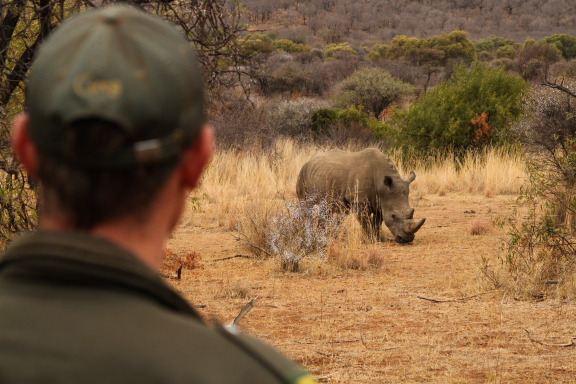
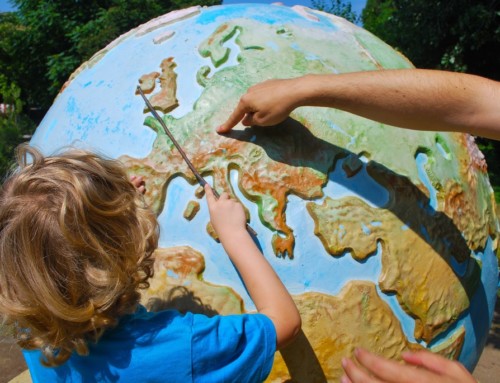
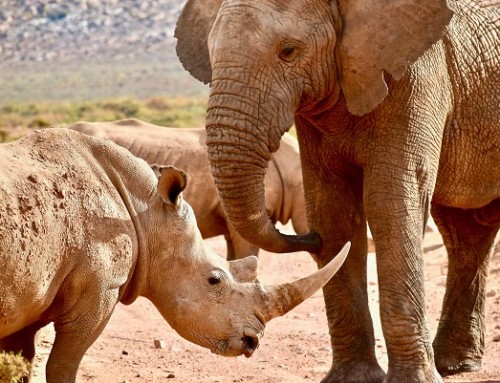
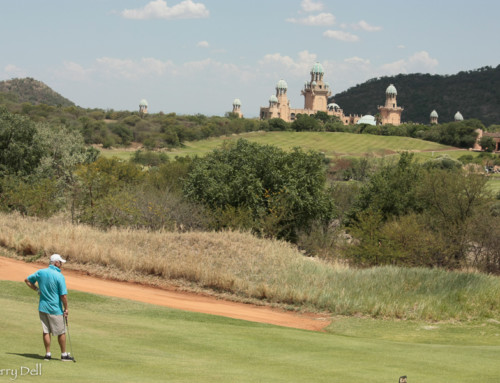
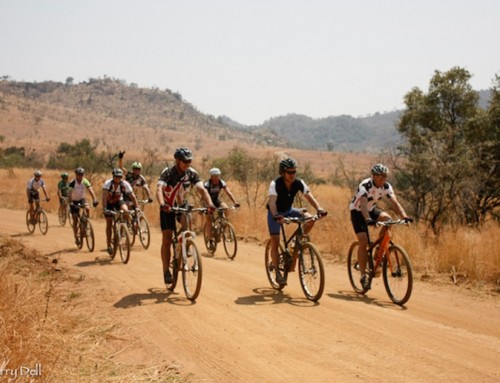

Rhino Tracking with Mankwe Gametrackers – Activities, Conservation http://t.co/hbCYCXLvNG
A first hand account of a special and important new rhino tracking activity on the edge of Pilanesberg. Thanks to… http://t.co/3cBwpUB4TU